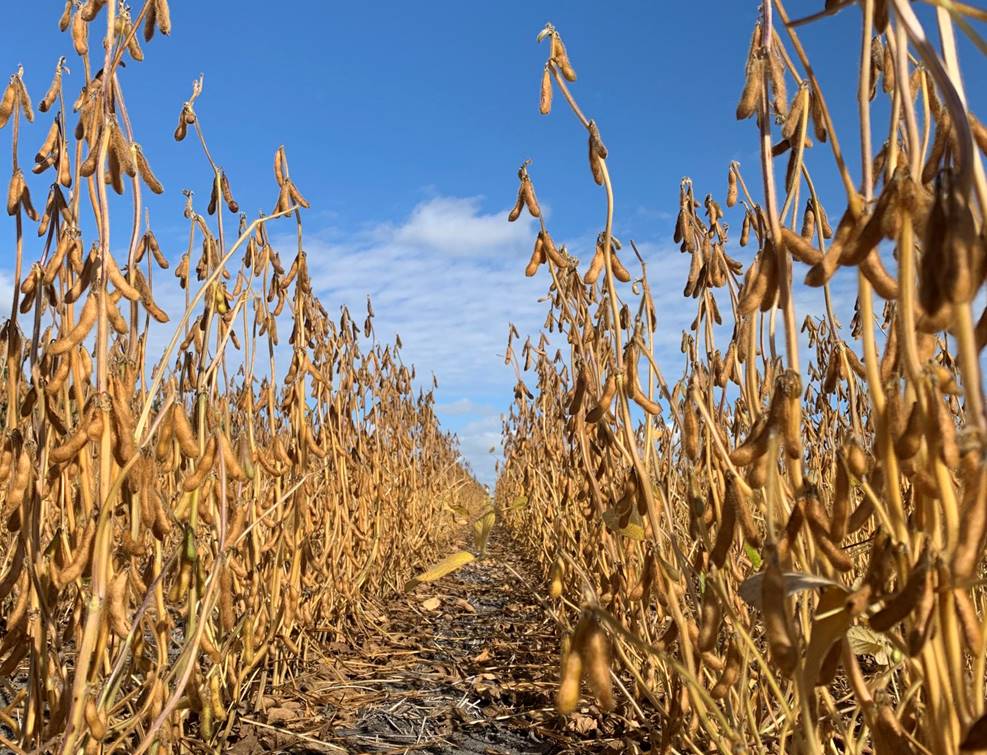Here on the prairies, most legume crops are starting to be harvested, if not completely off the fields already. Nitrogen (N) is one of the most important nutrients for any crop, and with N-fixing root nodules legumes already have an advantage. Reaping the rewards of a well-nodulated legume crop not only means money in your pocket this season, but also better soil conditions for next season’s crop. In this week’s edition of growing possibilities, we look at how the benefits of N fixation and nodulation can extend beyond this year’s harvest.
Most growers already know how essential root nodules are to healthy high-yielding legumes. A well-nodulated crop can receive the majority of its N requirements solely through N-fixation. Soybeans can get up to 60% of their required N through N-fixing nodules, while Peas, Lentils and Faba beans can get up to 80% (1). This means lower N fertilizer requirements, increased sustainability in your operation, and a crop that is ready to give its best yields. To ensure an optimal population of N-fixing rhizobia exist in your soil, it is usually recommended to inoculate your legume crop every year at seeding with a bacterial inoculant specific to your crop.
These benefits of nodulation should be obvious to most legume growers out there, but the benefits of nodulation can extend beyond harvest and the life of the current crop. The amount of atmospheric N fixed by spring planted legumes can range from 25–75 lb per acre per year, and several hundred pounds in a cropping system (2). Legumes leave a portion of this fixed N in the soil through crop residues after harvest, which can provide a wealth of N nutrition to the next crop. One study on field peas found that fields fertilized with crop residues from peas performed better than fields with applied N fertilizer alone, even at a rate of 180 lbs N/acre when growing barley (3). For growers that are thinking about growing a winter crop, winter peas are one of the most popular choices for a reason. Winter pea varieties are an even bigger N supplier than spring peas, fixing N for longer periods before and after the snow falls and depositing up to 90 – 150 lbs N/acre back into your soil after harvest (3).
Unfortunately, there are times when adequate nodulation does not occur, even when an inoculant has been used. There are many reasons why root nodules may fail to form depending on your field conditions, other inputs, etc. Listed below are some of the most common roadblocks to a well nodulated legume crop:
-
- Soil pH: N-fixing rhizobia found in inoculants struggle to survive when pH is below 6 or above 8.
- Lack of soil moisture: Extremely dry soils can cause rhizobia to dry out and die before they can reach plant roots, while water-logged soils can reduce available oxygen and drown rhizobia.
- Soil temperature: The ideal temperature for nodulation is between 25-30°C (77-86°F), with nodulation beginning to delay or slowdown in cooler temperatures.
- Nitrogen levels: When residual N in soil is above 40 lbs/acre, nodule formation will be delayed or stopped entirely, as plants will use this N source before spending energy to form nodules.
- Salinity: Excessively saline soils can negatively affect survivability of N-fixing rhizobia.
- Seed treatment compatibility: Many inoculants are compatible other seed treatments and chemicals, but be sure to check that your inoculant of choice is compatible with everything else you are applying.
- Handling and storage: Inoculants contain live bacteria, so follow all directions provided by the manufacturer to ensure they remain healthy and vigorous until they are applied.
Whether you are planning for a winter legume crop in the near future or being proactive for next year’s crop, knowing the importance of nodulation and N-fixation can make all the difference! For more information on inoculants and nodule formation, visit www.xitebio.ca.
References:
1) https://saskpulse.com/growing-pulses/
2) https://aces.nmsu.edu/pubs/_a/A129.pdf
3) Clark, Andy. Managing Cover Crops Profitably (3rd ed.) 2008. Diane Publishing ISBN: 1437903797, 9781437903799


